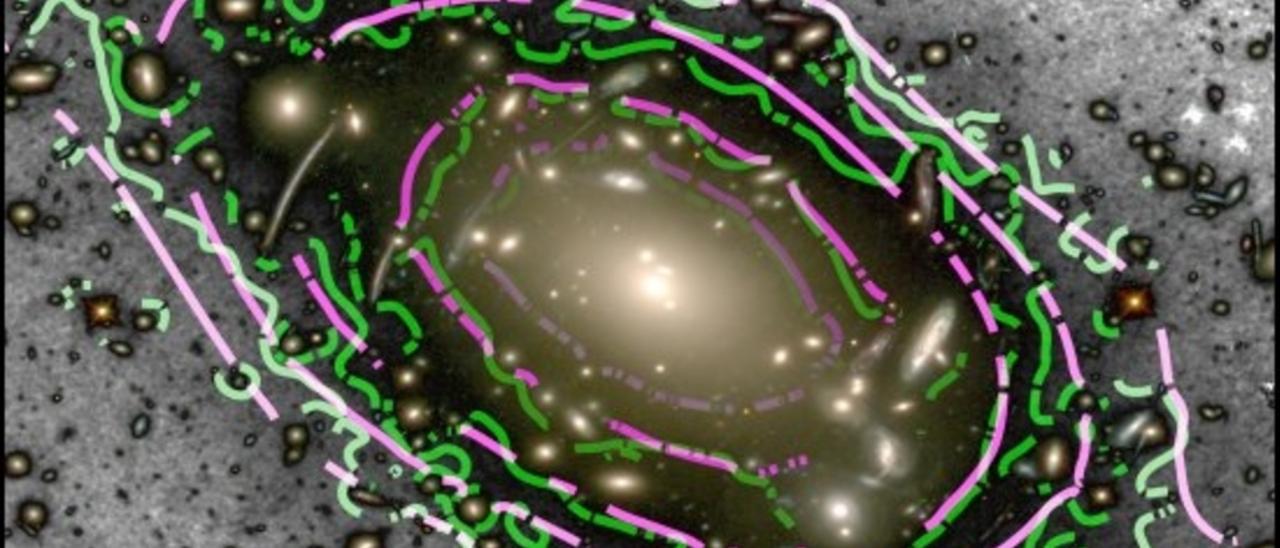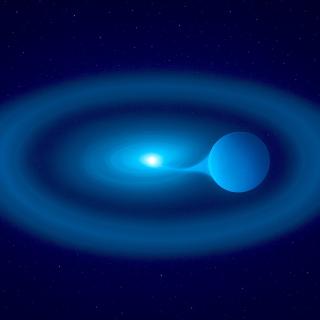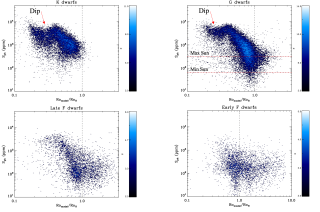The bulk of stars in galaxy clusters are confined within their constituent galaxies. Those stars do not trace the extended distribution of dark matter well as they are located in the central regions of the cluster's dark matter subhaloes. A small fraction of stars is expected, however, to follow the global dark matter shape of the cluster. These are the stars whose extended spatial distribution results from the merging activity of galaxies and form the intracluster light (ICL). In this work, we compare the bi-dimensional distribution of dark matter in massive galaxy clusters (as traced by gravitational lensing models) with the distribution of the ICL. To do that, we use the superb data from the Hubble Frontier Fields Initiative. Using the Modified Hausdorff distance (MHD) as a way of quantifying the similarities between the mass and ICL distributions, we find an excellent agreement (MHD ˜ 25 kpc) between the two components. This result shows that the ICL exquisitely follows the global dark matter distribution, providing an accurate luminous tracer of dark matter. This finding opens up the possibility of exploring the distribution of dark matter in galaxy clusters in detail using only deep imaging observations.
Image of the galaxy cluster Abell S1063 located at 4000 million light years away. Overplotted to the image of the cluster are the dark matter contours (violet) and the diffuse instracluster light (green). Both contours are distributed very similarly.
Advertised on
Authors
Dr.
Mireia Montes
Ignacio
Trujillo Cabrera
References
2019 MNRAS 482 2838



